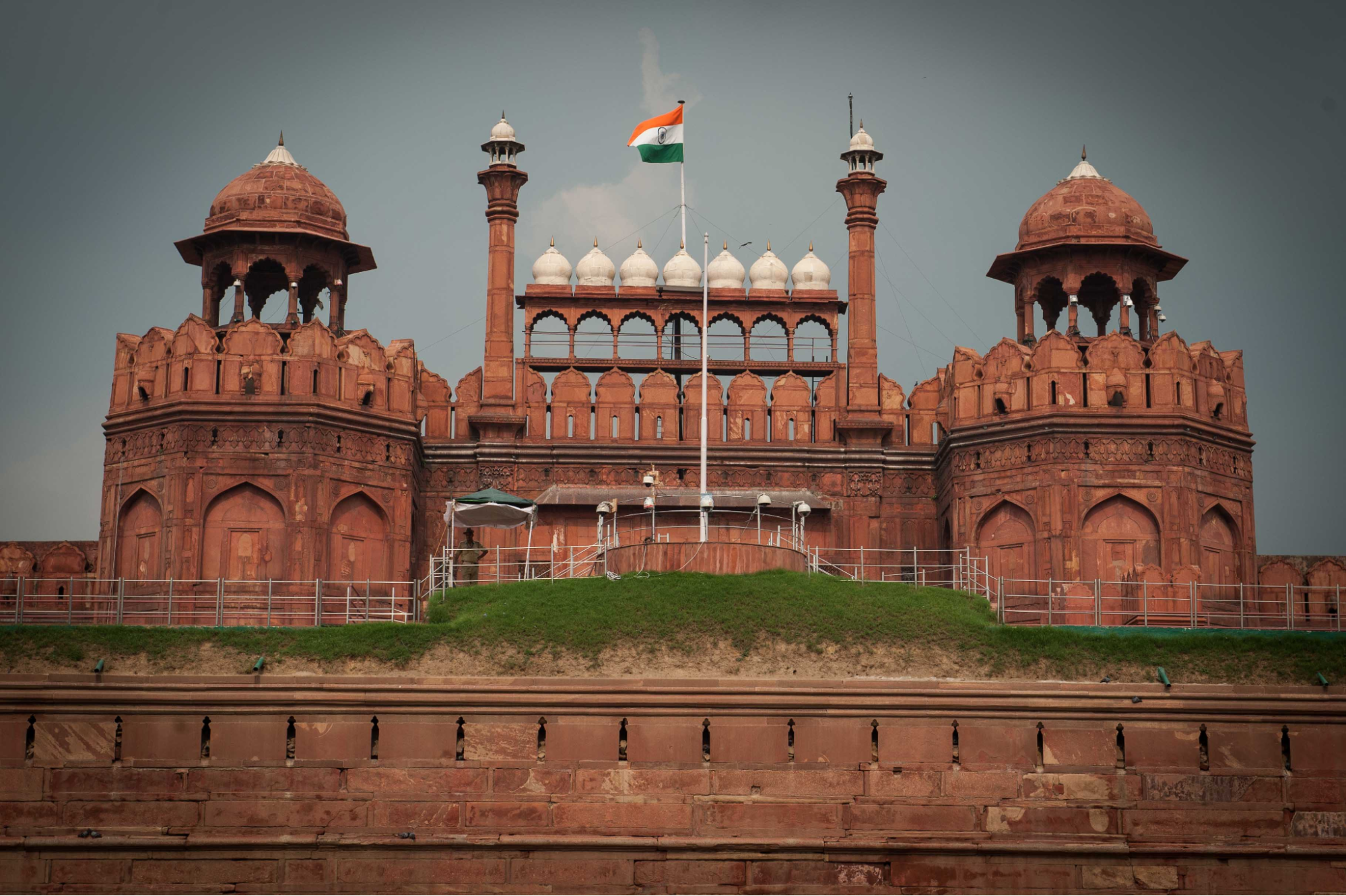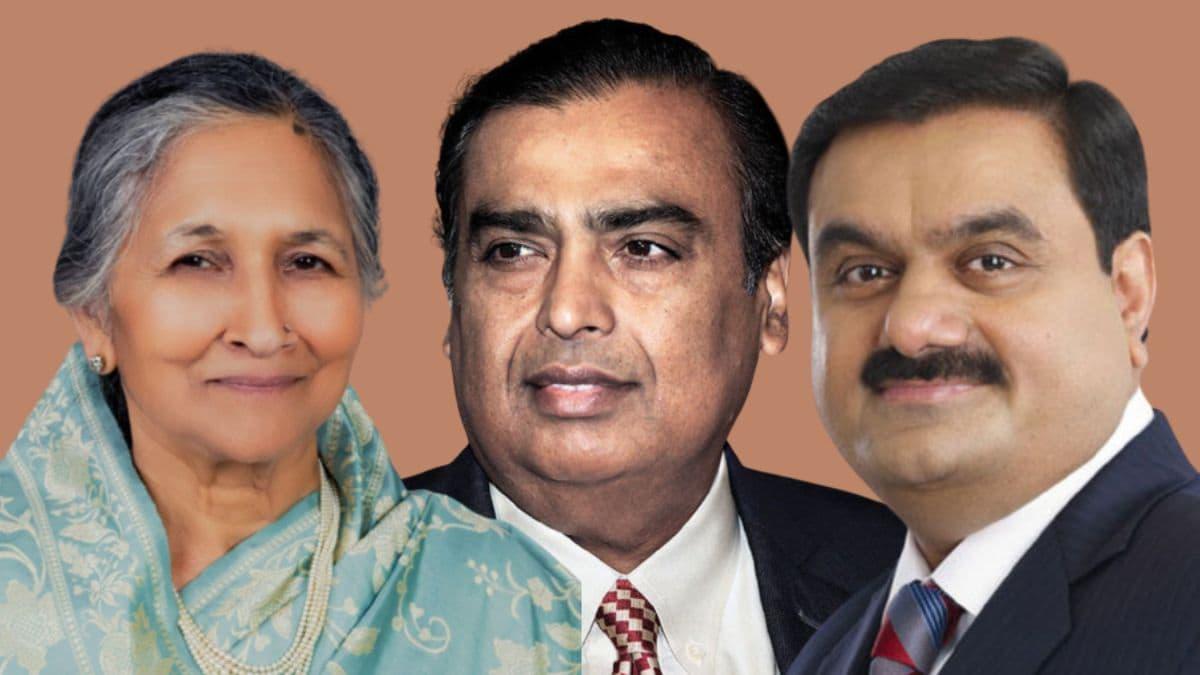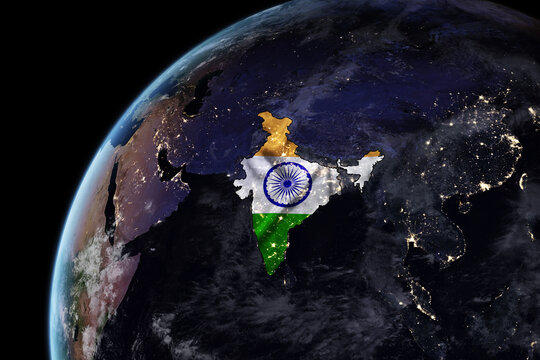Opening a bank account in India is straightforward, and there are many options for those who want to save money, manage daily transactions, or even grow their wealth.
In addition to knowing how to open a bank account, you must also know more about banks and what types of accounts are available. Here, we’ll cover all this vital information so you can make an informed choice about opening a bank account.

Types of Bank Accounts Available
Knowing the different account types available in India can help you select the best one for your financial goals:
Savings Account
It is designed for personal savings and offers low interest rates but requires a minimum balance.
Features:
- Low minimum balance requirement.
- Interest rates typically range from 3% to 6%.
- Allows limited withdrawals.
Current Account
Commonly used by businesses for daily transactions, this account has no limits on deposits or withdrawals but generally does not earn interest.
- Features:
- No limit on the number of transactions.
- Higher minimum balance requirement.
- Interest rates are usually lower than savings accounts.
Salary Account
Employers use these accounts to deposit salaries. They are similar to savings accounts but often come with zero-balance requirements.
NRI Accounts
For non-resident Indians, NRI accounts (NRO, NRE, and FCNR) enable easy management of finances in India with specific benefits regarding interest rates and taxation.
- Features:
- Repatriable funds.
- Tax-free interest in India.
- Can be maintained in Indian Rupees.
Recurring Deposit (RD) Account
This is a type of fixed deposit where customers deposit a set amount each month, earning a stable interest rate over time.
- Features:
- Fixed monthly contributions for a predetermined period.
- Interest rates are similar to fixed deposits.
- Ideal for disciplined savers.
Fixed Deposit (FD) Account
Allows customers to lock in a sum of money for a fixed period with a guaranteed interest rate, offering a secure way to grow savings.
- Features:
- Higher interest rates compared to savings accounts.
- Funds are locked in for a specific period.
- Premature withdrawal may incur penalties.
Basic Savings Bank Deposit Account (BSBDA)
A no-frills account aimed at promoting financial inclusion.
- Features:
- No minimum balance requirement.
- Limited free transactions.
- Interest rates similar to savings accounts.
Types of Bank Accounts Available In India (Comparison In Table Format)
| Account Type | Purpose | Eligibility | Features | Interest Rate | Best For |
|---|---|---|---|---|---|
| Savings Account | To save money and earn interest | Individuals, minors with guardians | Basic banking services, interest on balance, ATM/debit cards, online banking | 3% - 6% (varies by bank) | Individuals managing daily savings |
| Current Account | For frequent transactions | Businesses, companies, professionals | No limit on transactions, overdraft facility, higher minimum balance requirement | No interest | Businesses with high transaction volume |
| Fixed Deposit (FD) | To earn fixed interest for a term | Individuals, firms, HUFs, minors | Locked-in funds for a term (7 days to 10 years), premature withdrawal with penalty, higher interest | 5% - 8% (varies by term) | Safe long-term investment |
| Recurring Deposit (RD) | To save regularly and earn fixed interest | Individuals, minors | Monthly deposits, fixed tenure, premature withdrawal with penalty | 4% - 7% (varies by bank/tenure) | Individuals saving regularly |
| Salary Account | For salary credit by employers | Salaried individuals | Zero minimum balance, linked to salary credit, benefits like loans and credit cards | 3% - 6% (similar to savings) | Employees receiving monthly salary |
| NRI Accounts (NRE/NRO) | For Non-Resident Indians | NRIs | NRE: Repatriable funds in INR; NRO: Local funds; tax benefits, interest on balance | 3% - 7% | NRIs managing Indian or foreign income |
| Demat Account | For holding and trading securities | Individuals and businesses | Holds shares electronically, linked with trading accounts | No interest | Investors trading in stocks |
| Joint Account | Shared account for multiple holders | Two or more individuals | Shared ownership, equal access, can be operated jointly or singly | 3% - 6% (similar to savings) | Families, business partners |
| Women’s Account | Tailored benefits for women | Women above a specified age | Low minimum balance, higher interest, exclusive offers on loans and cards | 3% - 7% | Women managing savings |
| Senior Citizens Account | Benefits for individuals aged 60+ | Senior citizens | Higher interest, special benefits, tax savings | 4% - 8% | Retired individuals |
| Student Account | For students | Students above 18 (sometimes minors) | Low or zero balance, limited transactions, tailored benefits | 3% - 6% | Students managing finances independently |
Eligibility Criteria and Documentation
To open a bank account in India, you generally need to meet a few criteria:
- Age Requirement: Applicants must be at least 18 years old. Minors can have accounts if a parent or guardian opens it on their behalf.
- Identity and Address Proof: Typically, an Aadhaar card, PAN card, voter ID, passport, or driver’s license is required.
- Photographs: Most banks also need two recent passport-sized photos.
The documents needed to open bank account in India can vary depending on the account type. For joint accounts or accounts for Hindu Undivided Families (HUF), additional documentation may be needed.

Procedure to Open a Bank Account
There are two main ways to open an account in India—online or by visiting a branch.
While online banking provides convenience, an offline approach allows you to meet with bank representatives in person. There, you can ask more questions to be sure you’re opening up the right bank account for your needs and learn more about the specific bank’s policies.
Whichever method you choose, understanding the type of account you need, the documents required, and any potential fees involved will make the process simple.
Opening a Bank Account Online
- Choose Your Bank: Select a bank that offers the features you need. Check interest rates, minimum balance requirements, and any associated fees.
- Visit the Bank's Website: Go to the bank’s official website to access the account opening form.
- Select an Account Type: Choose the account that best suits your needs, whether it’s a savings, current, or fixed deposit account.
- Provide Necessary Information: Complete the form with personal details, such as your name, address, and phone number, and upload digital copies of your identification documents.
- Review Terms and Conditions: Read the bank’s terms and conditions carefully. Once you understand and agree, submit the form.
Yes, foreigners can open a bank account in India. Here are the key points to consider:
Types of Accounts
NRE (Non-Resident External) Account:
For foreign nationals who are non-residents.
Allows deposits in foreign currency.
Interest earned is tax-free in India.
NRO (Non-Resident Ordinary) Account:
For managing income earned in India (like rent, dividends).
Interest is subject to tax.
Required Documents
Valid Passport: Must be current and valid.
Visa: A long-term visa (employment, student, etc.) is usually required.
Proof of Address: This can be a utility bill, rental agreement, etc.
Photographs: Passport-sized photos may be required.
Steps to Open an Account
Choose a Bank: Research banks that offer services for foreigners.
Visit the Bank: Some banks may require you to visit in person.
Submit Documents: Provide the required documents for verification.
Complete Forms: Fill out the account opening forms.
Initial Deposit: Some accounts may require a minimum initial deposit.
Additional Notes
Online Options: Some banks offer online account opening for NRIs.
Regulations: Be aware of the regulations affecting foreign investments and banking in India.
Opening a Bank Account Offline
- Visit a Bank Branch: Go to the nearest branch of your chosen bank with your ID and address proof documents.
- Request an Application Form: Fill out the form accurately with your personal details. If you do not have a PAN card, you may be asked to complete additional forms.
- Submit Documents and Initial Deposit: Hand in your completed form and required documents to the bank representative. You may also need to make an initial deposit to activate the account.
- Receive Your Account Details: After verification, the bank will provide a passbook and checkbook. You can also request internet banking and debit card services.


Essential Features to Look for in a Bank Account
When choosing a bank account, keep an eye on key features that can add convenience and security:
Debit Card: A debit card provides easy access to cash at ATMs and allows for cashless purchases. Many banks will offer this service for free or a small fee to create the card.
Online and Mobile Banking: With digital banking, you can monitor balances, transfer funds, and pay bills from your phone or computer.
Mobile Cheque Deposit: This feature allows you to deposit cheques using your phone, saving time.
Alerts and Notifications: Email or SMS alerts for account activity can help you keep track of transactions and prevent fraud.
Security Features: Check that the bank has fraud-monitoring systems and identity theft protections. Make sure that nobody can call your bank pretending to be you and make changes.
Types of Banks in India
India has a variety of banks that meet diverse financial needs. Each bank type serves unique functions:
- Central Bank (Reserve Bank of India): Manages the entire banking system in India, issuing currency, and overseeing financial policies.
- Cooperative Banks: Typically offering low-interest loans for agriculture and small businesses, these banks are often state-governed.
- Commercial Banks: Operating for profit, these include both public sector banks (owned by the government) and private banks. Some commercial banks also have international branches.
- Regional Rural Banks (RRB): Designed to provide financial aid in rural areas, helping farmers and small business owners access credit.
- Specialized Banks: Focused on specific sectors like small businesses (SIDBI) and international trade (EXIM Bank).
- Payments Banks: Allow small deposits and offer services like online banking but do not provide loans.
Important Tips When Choosing a Bank
Interest Rates: Some banks offer higher rates to attract customers. Compare options to find a balance between safety and returns.
Minimum Balance Requirement: Private banks may have higher minimum balance requirements than public sector banks. Choose an account that fits your financial needs and comfort level.
Additional Fees: Some banks may charge for services such as chequebooks, duplicate ATM cards, or SMS alerts. Ask about any hidden fees before opening an account.
Accessibility: Choose a bank with a strong branch and ATM network and/or that offers reliable online services.
Debit Card Perks: Many banks offer perks like cash-back or insurance benefits on debit cards. Look for one that aligns with your spending habits.

Getting Started with Your New Bank Account
Once your account is active, here are a few things you can do to make the most of it:
- Set Up Direct Deposit: Arrange with your employer to have your salary deposited directly into your account.
- Link Your Debit Card to Digital Wallets: Connect your card to digital wallets like Google Pay or Apple Pay for cashless transactions.
- Set Up Auto-Savings: If you have a savings account, set up automatic transfers from your checking/current account to savings to build your balance gradually.
- Activate Mobile Banking Services: Mobile banking makes it easy to check balances, transfer money, and even pay bills from your phone.
- Enable Alerts and Notifications: Set up text or email notifications for transaction alerts, low-balance warnings, and other updates to stay on top of account activity.
With your bank accounts, you can transfer money from investments for safekeeping into your savings accounts, or transfer money from your bank accounts to an investment account. Depending on your financial situation and goals, investing can be a great way to help pad your savings.
Opening a bank account in India is a manageable process, whether you’re a first-time account holder or switching banks. By understanding the types of banks and accounts, gathering the required documents, and knowing what features to look for, you can choose the best bank account for your needs. With modern banking services and tools, managing finances has never been easier.




















